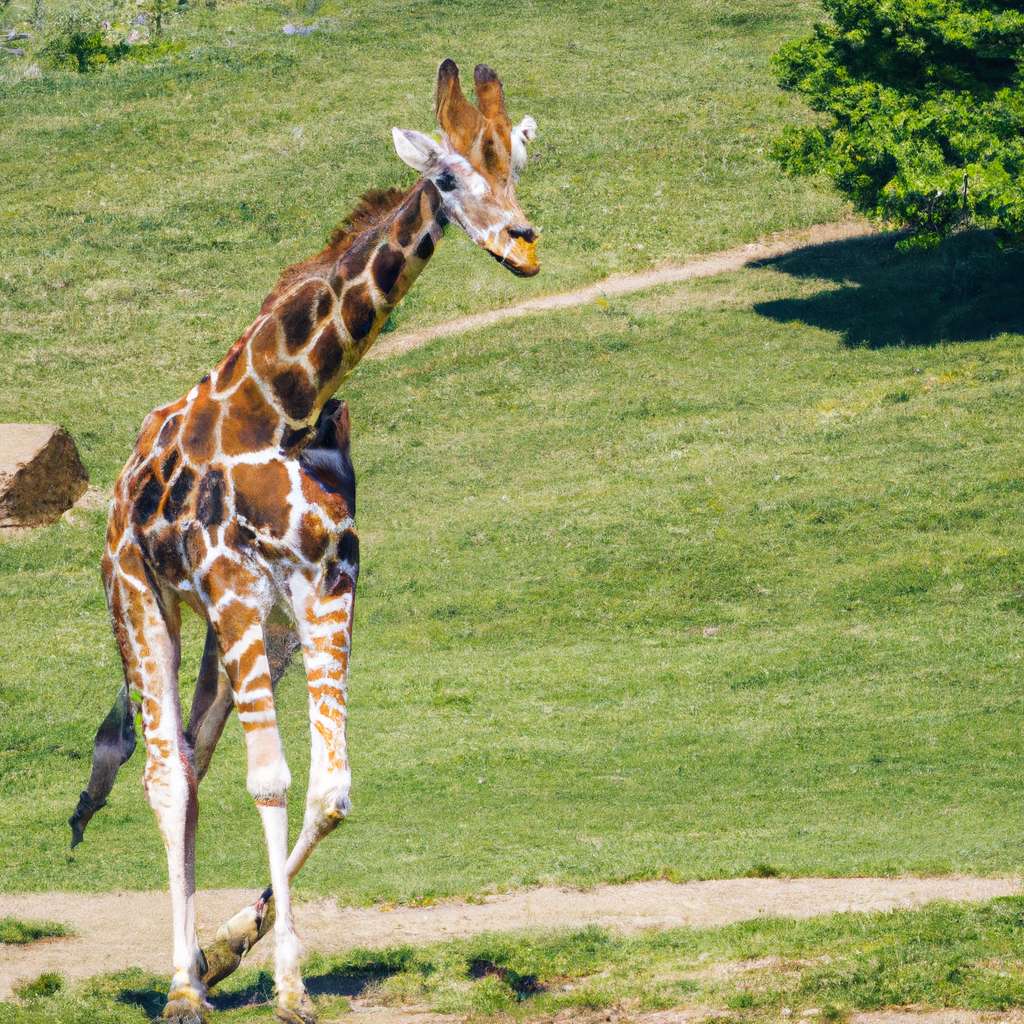One question that has intrigued many is, “Is a giraffe a dinosaur?” This curiosity isn’t surprising given the towering stature of both giraffes and certain dinosaurs like the Brachiosaurus. However, despite some superficial resemblances, giraffes are not dinosaurs. Let’s delve into the fascinating world of these unique creatures to understand more about their evolution, relationships, and characteristics.
Giraffe: Dinosaur or Mammal?
Firstly, it’s important to clarify that giraffes are mammals, not dinosaurs. They belong to the family Giraffidae, which includes only one other member – the okapi. Unlike dinosaurs, giraffes give birth to live young, have hair (in the form of fur), and nurse their young with milk, all key characteristics of mammals.
Animals Related to Giraffes
The question then arises, “What animals are related to giraffes?” As mentioned earlier, the closest living relative to the giraffe is the okapi. However, giraffes also share ancestry with other hoofed mammals, such as cattle and deer. Interestingly, while horses and giraffes share a distant evolutionary ancestor, they are not directly related.
Comparing Giraffes and Dinosaurs
Despite not being dinosaurs themselves, giraffes often draw comparisons to them due to their size and long necks. The Brachiosaurus, for instance, is frequently compared to the giraffe. Both these species have long necks that allow them to reach vegetation inaccessible to others. However, the similarities end there. The giraffe’s neck has seven vertebrae, the same as in most mammals, while the Brachiosaurus had more. Furthermore, giraffes are quadrupeds with a unique gait due to their long legs and necks, whereas dinosaurs like the Brachiosaurus had a different body structure and movement.
Prehistoric Giraffes
While we’re on the topic of prehistory, let’s discuss the “prehistoric giraffe.” The ancestors of modern giraffes were quite different from what we see today. Early giraffids were smaller and lacked the modern giraffe’s distinctive long neck. Over millions of years, giraffes evolved to have longer necks, allowing them to feed on leaves that other animals couldn’t reach, thus reducing competition for resources.
Giraffes and Carnivores
“Is a giraffe a carnivore?” is another question that sometimes comes up. The answer is no; giraffes are herbivores. They use their long necks to browse the tops of trees, primarily consuming leaves, shoots, and fruits. Their favorite food is the acacia tree, which is abundant in their African habitats.
The Evolution of Giraffes
The evolution of giraffes is a subject of much scientific interest. While they didn’t evolve from dinosaurs, their evolutionary journey is no less fascinating. From their early ancestors, giraffes have undergone significant changes to become the tallest land animals alive today.
Giraffe Size Comparison
Speaking of size, a “giraffe size comparison” with other animals can be quite astounding. Adult giraffes typically stand 14-19 feet tall, with males being taller than females. This height is mostly due to their incredibly long necks, which can be over 6 feet long. Compared to humans, a giraffe is about three times taller. Even when compared to other large mammals like elephants and hippos, giraffes tower above them.
Conclusion
In conclusion, while it’s fascinating to consider the “dinosaur vs giraffe” comparison or ponder if “giraffes are descendants of dinosaurs,” the truth is that giraffes are unique creatures with their own evolutionary history. They share some traits with certain dinosaurs, like long necks, but they are not directly related. Instead, giraffes belong to a lineage of hoofed mammals and have evolved over millions of years into the extraordinary creatures we see today.

